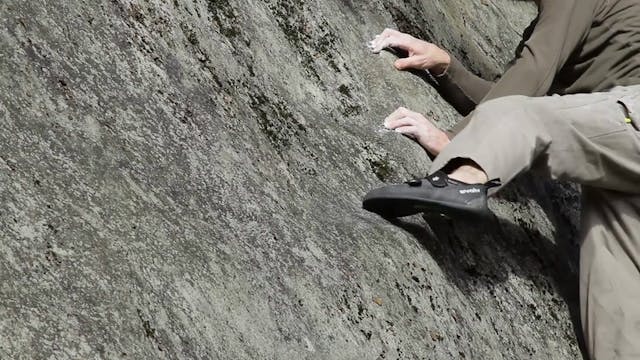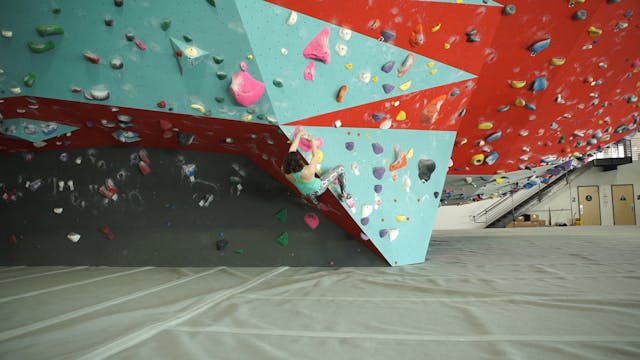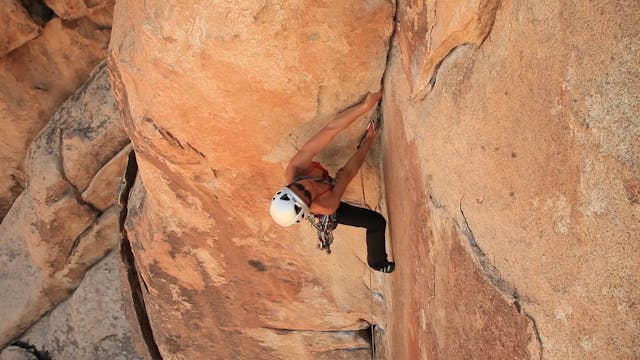Climbing Movement: 9. Edges for Hands
Climbing Movement
•
1m 4s
An “edge” typically describes a rock feature, with a flat surface.
Edges vary in length. Longer edges are called “rails”, while shorter ones are proper edges.
Edges also vary in width. Smaller edges are known as “crimps” or “crimpers”. These can be as thin as a dime edge. Large ones are referred to as “jugs”. If jugs are large enough to stand on while hands free, then they are called “ledges”.
Edges can be in any orientation. As such when climbing on edges it is important to know how to place your feet, in order to make best use of that Edge. For more on this, see our video on ‘Edging’.
When a climber learns to position the body relative to the orientation of the edge, even the smallest edges offer a world of possibility for movement.
We hope you found this video helpful. Feel free to comment below with questions or thoughts!
Please remember, climbing is inherently dangerous. Climb at your own risk.
Up Next in Climbing Movement
-
Climbing Movement: 10. Edging for Feet
“Edging” is a term that describes precise placement of the inner or outer edge of the climbing shoe.
Edges are small, in-cut, or somewhat positive footholds that lend themselves to accurate foot placements.
Edges are not always horizontal. More difficult routes have edges at different or...
-
Climbing Movement: 11. Hips In
The theory of “Hips In” relates to our “Posturing” and “Process of Movement” videos.
In posturing, the act of “hips in” involves transferring weight from your hands to your feet.
The only time your hips are not in, is when you are looking for your feet. Otherwise, you should almost always...
-
Climbing Movement: 12. Sequencing
“Sequencing” involves envisioning potential combinations of moves for hands and feet, as well body positioning.
Visualizing yourself making the moves helps improve your chances for success. From there, one takes the pre-rehearsed movements in their head, and attempts them on the wall.
When ...


